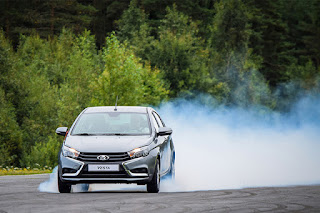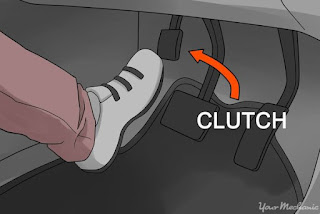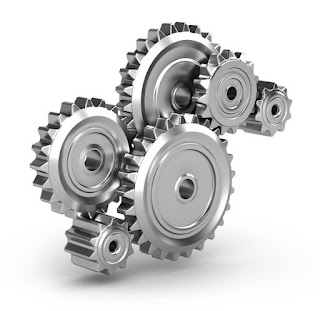Details about automatic transmission
Automatic Transmission:
As of late, mechanical headways, like CVTs (Consistently Factor Transmissions) and double grasp transmissions, have tended to a few customary drawbacks, offering further developed eco-friendliness and execution in programmed transmissions.
1.Types of Automatic Transmissions:
★Traditional Automatic: Utilizes a force converter to send power. Shifts are normally smoother however may bring about a slight power misfortune.
★Dual-Clutch Transmission (DCT):Uses two grips for quicker and smoother shifts, frequently tracked down in execution and high-productivity vehicles.
★Continuously Variable Transmission (CVT):Offers consistent stuff proportion changes for ideal eco-friendliness. It doesn't have fixed gears, giving a smooth, stepless speed increase.
2.Torque Converter:
★A key component in traditional automatic transmissions.
★Transfers power from the engine to the transmission through fluid coupling.
★Allows the vehicle to come to a complete stop without stalling, enhancing low-speed maneuverability.
3.Shift Points and Modes:
★Automatic transmissions have programmed shift points based on factors like speed, throttle input, and engine load.
★Some vehicles offer different driving modes (e.g., Eco, Sport) that adjust shift patterns to optimize performance or fuel efficiency.
4.Adaptive and Manual Modes:
★Adaptive Control:Current automatics might adjust to the driver's propensities, changing movement focuses for a customized driving encounter.
★Manual Mode:Numerous automatics have a manual mode, permitting drivers to physically choose gears involving paddle shifters or the stuff selector for more control.
5.Maintenance:
★Regular fluid changes are essential to maintain the transmission's health.
★Some modern transmissions are sealed units, requiring less frequent fluid changes, but this also means a potential for higher maintenance costs when needed
6.Tow Ratings:
★Programmed transmissions are frequently evaluated for towing limit. The plan and work of the transmission assume a pivotal part in deciding the vehicle's towing capacities.
7.Electronic Controls:
★Present day programmed transmissions are intensely dependent on electronic control units (ECUs) to oversee moving, adjust to driving circumstances, and work on generally speaking proficiency.
8.Hybrid and Electric Vehicles:
★Automatic transmissions play a different role in hybrid and electric vehicles, often working in conjunction with electric motors to optimize power delivery.
9.Shift Shock Mitigation:
★High level programmed transmissions expect to limit "shift shock," guaranteeing smooth advances between pinion wheels to upgrade driving solace.
10.Launch Control:
★Found in execution situated vehicles, send off control streamlines speed increase by overseeing motor and transmission settings for greatest speed off the line.
Advantages:
★Ease of Use:One of the primary advantages is the simplicity of operation. Drivers do not need to manually shift gears, making it more user-friendly, especially for those not comfortable with manual transmissions.
★Convenience in Traffic: Programmed transmissions are helpful in weighty rush hour gridlock conditions, as they kill the requirement for consistent stuff moving. The transmission can flawlessly change between gears, giving a more loosened up driving experience.
★Reduced Driver Fatigue:Since the transmission deals with gear changes, drivers might encounter less weakness during lengthy drives contrasted with manual transmissions.
★Wider Appeal: Programmed transmissions are frequently liked by people who are not devotees or abhor the inclusion of manual stuff moving. This makes automatics more attractive to a more extensive crowd.
Disadvantages:
★Cost:Programmed transmissions are by and large more costly to fabricate and fix than manual partners, adding to a higher generally vehicle cost.
★Fuel Efficiency: By and large, programmed transmissions were less eco-friendly than manuals. Notwithstanding, progressions in innovation have restricted this hole, and present day programmed transmissions can be very eco-friendly.
★Maintenance Costs:Fixes to programmed transmissions can be more mind boggling and exorbitant contrasted with manual transmissions. Customary support is urgent to forestall significant issues.
★Performance: A few driving devotees contend that manual transmissions offer better control and a seriously captivating driving experience. Automatics may not give a similar degree of accuracy, particularly in execution arranged circumstances.
Understanding these details provides insight into the complexities and innovations within automatic transmissions, contributing to the overall driving experience.





























































